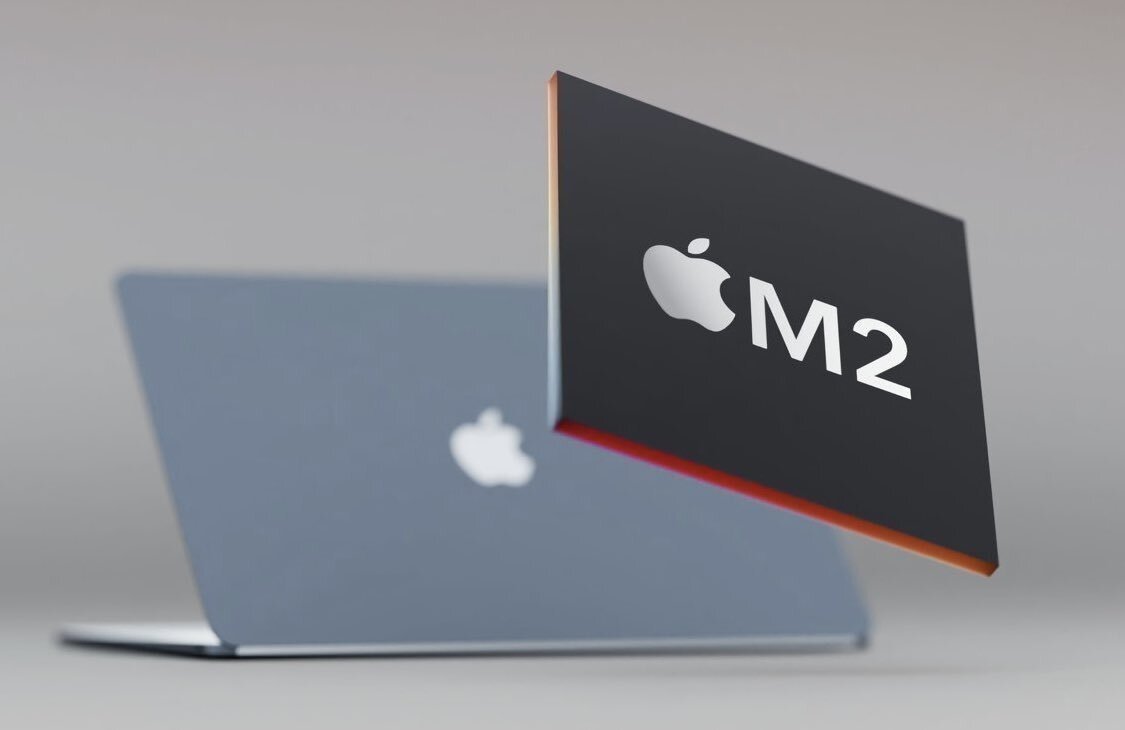A new vulnerability in Apple Silicon chips can allow a determined attacker to access a user’s data by stealing the cryptographic keys — and a fix could considerably impact encryption performance.
Researchers have discovered an issue with Apple’s M-series chips, in how it deals with cryptographic operations, such as the encryption of files. However, since it is an issue with the chip’s architectural design, it’s something that’s very difficult to mitigate.
Detailed on Thursday by a group of researchers and reported by ArsTechnica, the problem lies in the data memory-dependent prefetcher (DMP), which predicts memory addresses of data that will most likely be accessed by currently-running code. By prefetching data, it becomes a target for probing from malicious code.
This is because prefetchers are using previous access patterns to determine its predictions of the next bit of data to fetch. It is possible for an attacker to use this way of working to influence the data being prefetched, opening the door to accessing sensitive data.
GoFetch attack can steal encryption keys
The attack, referred to by the researchers by the name “GoFetch,” takes advantage of a quirk in DMP usage in Apple Silicon. Specifically how a DMP could confuse the content of memory with pointer values used to load more data, with the former occasionally used as the latter.
In explaining the attack, the researchers confirm that it is possible to make the data “look like” a pointer, which the DMP will treat as an address location and in turn pull that data to the cache. The appearance of the address in the cache is visible, meaning malicious code can see it.
The attack manipulates data within the encryption algorithm to look like a pointer, using a chosen input attack. The DMP, seeing the data value as appearing like an address, then brings the data from that address, with the address itself being leaked.
The attack is not an instant crack of an encryption key. However, the attack can be carried out repeatedly, allowing the key to be revealed over time.
The GoFetch attack uses the same user privileges as many other third-party macOS apps, rather than root access. This lowers the barrier to entry for actually run the attack, but it’s not entirely the whole story.
The GoFetch app running the attack must also be used on the same chip cluster as the cryptographic target app in order to function, and both must use the efficiency cores or the performance cores at the same time. It is cluster-dependent, meaning that it will still work if the apps are run on different cores within the same cluster.
The researchers claim the attack works against classic encryption algorithms as well as newer quantum-hardened versions.
As to its effectiveness, the researchers’ test app was able to extract a 2,048-bit RSA key in less than an hour, and just over two hours for a 2,048-bit Diffie-Hellman key. Ten hours of data extraction is needed to secure a Dilithium-2 key, excluding offline processing time.
Difficult to thwart
The main problem with the attack is that it’s one that cannot be patched in Apple Silicon itself, since its a central part of the design. Instead, it requires mitigations by the developers of cryptographic software to work around the problem.
The problem is that any mitigation changes will increase the workload required to perform the operations, in turn impacting performance. However, these impacts should only affect applications that use encryption and employ the mitigations, rather than other general app types.
In the case of one mitigation, ciphertext blinding, the effectiveness varies between algorithms, and can require twice the resources than usual.
Running the processes only on efficiency cores is also a possibility, since they do not have DMP functionality. Again, encryption performance will take a hit since it’s not running on the faster cores.
A third option actually applies to M3 chips, in that a special bit can be flipped to disable DMP. The researchers admit they don’t know the level of performance penalty that would occur.
Apple declined to comment to the report on the matter. The researchers claimed they performed a responsible disclosure to Apple before the public release, informing the company on December 5, 2023.
Some of the researchers previously worked on another discovery from 2022, also concerning Apple Silicon’s DMP usage. At the time, the so-called Augury flaw was deemed to be not “that bad,” and was “likely only a sandbox threat model.”
History repeating
Chip vulnerabilities can be a big problem for device producers, especially if they have to make changes to operating systems and software in order to maintain security.
In 2018, Meltdown and Spectre chip flaws were discovered, which affected all Mac and iOS devices, as well as nearly every X86 device produced since 1997.
Those security exploits relied on “speculative executive,” when a chip would improve its speed by working on multiple instructions simultaneously, or even out of order. As the name suggests, the CPU will speculatively continue executions down a path before a branch completes.
Both Meltdown and Spectre used the functionality to access “privileged memory,” which could include the CPU kernel.
The discovery of the flaws led to a flood of other similar attacks, chiefly against Intel chips, including Foreshadow and Zombieload.
This is also not the first issue found with the design of Apple Silicon chips. In 2022, MIT researchers discovered an unfixable vulnerability dubbed “PACMAN,” which capitalized on pointer authentication processes to create a side-channel attack.


